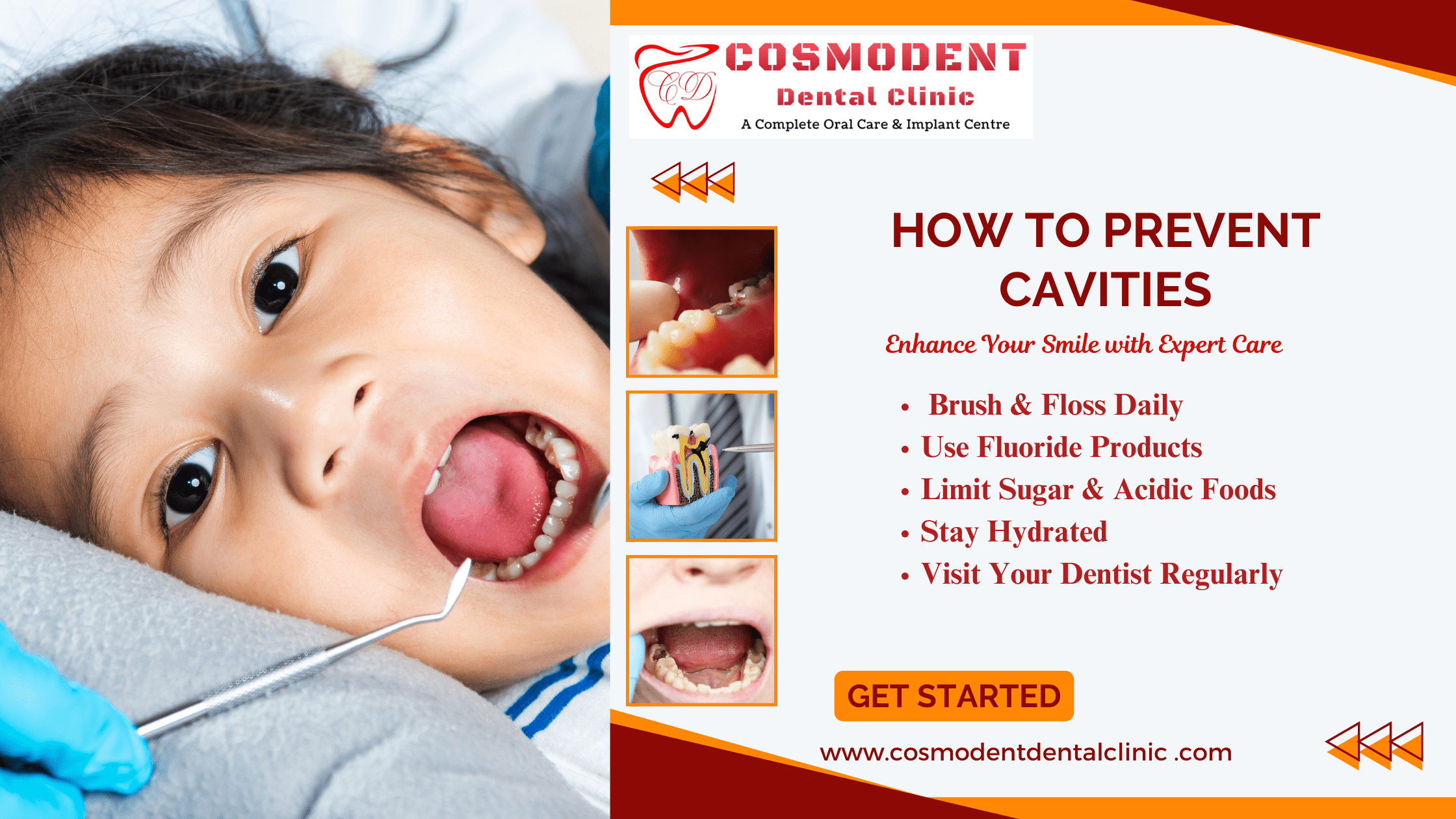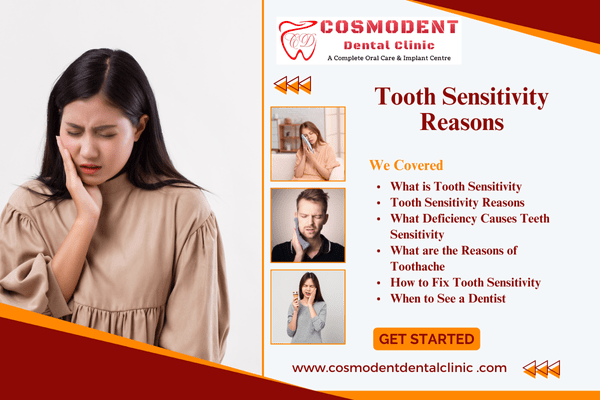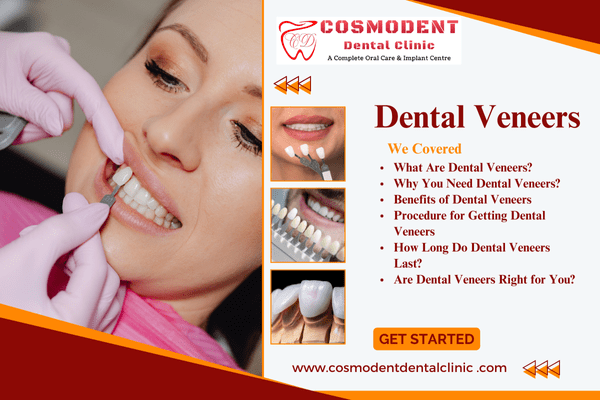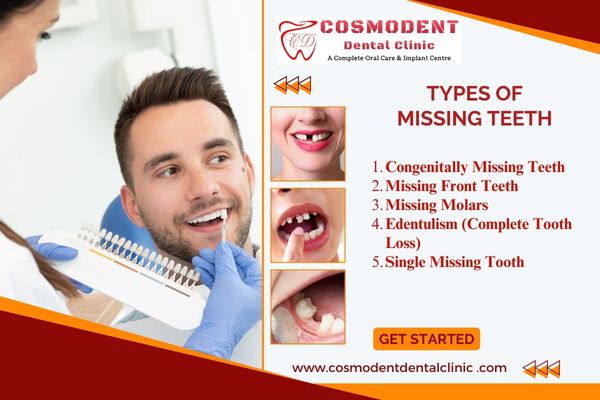A healthy smile is the foundation of overall wellness, and preventive dental care plays a crucial role in maintaining oral health. Among various preventive measures, dental sealants stand out as an effective solution for protecting teeth from cavities and decay. This article delves into the benefits of dental sealants, along with their purpose, advantages, and potential drawbacks.
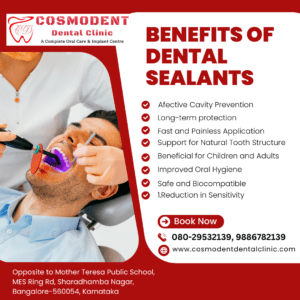
What Are Dental Sealants?
Dental sealants are thin, protective coatings applied to the chewing surfaces of teeth, especially the roots and the front teeth. These areas are likely to contain decomposers because their pits and crevices can entice food particles and bacteria. Sealant gives a smooth floor that prevents decay, making it simpler to clean the tooth and decreasing the chance of tooth cavities.
Plastic or different long-lasting dental coverings are regularly used for quick, painless surgical treatment. Once cured, they shape a sturdy barrier that, with proper care, can several years.
How Do Dental Sealants Work?
The grooves and fissures on the surfaces of molars are often too narrow for toothbrush bristles to reach effectively. These regions function a hotspot for plaque buildup and bacterial increase, main to scarring through the years. Benefits of dental sealants act as a barrier through filling those pores and forming a shielding layer on the enamel. This permits food debris and bacteria to settle, defensive the tooth from decay.
Which Benefits Do Dental Sealants Provide?
Dental sealants provide many advantages that make them a valuable addition to dental cares:
1. Effective Cavity Prevention
One of the primary benefits of dental sealants is their ability to prevent cavities. Research has shown that sealants can lessen the chance of enamel loss by means of as much as 80% in the first two years after implantation. This preventive measure is especially beneficial for youngsters and teens, whose newly erupted everlasting teeth are liable to cavities.
2. Long-term protection
Dental sealants last longer and might provide up to 10 years of protection with precise oral hygiene and regular dental care. Over time, the dentist can monitor the wear and tear and tear of sealants and reapply them as had to hold them working well.
3. Fast and Painless Application
The process of applying dental sealants is non-invasive and painless. It typically takes just a few mins to step with tooth. The dentist cleans the teeth, applies a unique gel to the teeth to prepare the surface, rinses, after which paints the teeth cover with a lamp to harden it, and he guarantees a terrific attachment to the teeth.
4. Support for Natural Tooth Structure
Cavitation sealants assist keep natural tooth structure, lowering the want for fillings or crowns in the destiny.
5. Beneficial for Both Children and Adults
Sealants are most typically used on kids’ enamel, but adults also can advantage from them, especially in the event that they have deep or easily permeable cavities Sealants are specifically critical for youngsters due to the fact their oral hygiene conduct are still developing, and their teeth are more susceptible to decay.
6. Improved Oral Hygiene
Barriers make it easier to keep oral hygiene with the aid of preventing plaque and meals waste from gathering in tough-to-reach places.
7. Cost-Effective Preventive Measure
Investing in benefits of dental sealants can prevent cash in the end through removing the want for luxurious dental treatments.
8. Safe and Biocompatible
Dental sealants are made from materials that are safe for both children and adults. Modern sealants are also BPA-free, ensuring health and safety. They have been extensively tested and are recommended by organizations like the American Dental Association (ADA) and the Centers for Disease Control and Prevention (CDC) as a reliable method for preventing tooth decay.
9. Encourages Positive Dental Habits
Parents can use sealants as an opportunity to teach children about the importance of preventive dental care.
10. Reduction in Sensitivity
Sealants can reduce sensitivity by protecting teeth from exposure to extreme temperatures and sugary foods.
What Is the Primary Purpose of Sealant?
The fundamental reason of dental sealant is to behave as a protective barrier for the teeth. Preventive measures with the aid of the usage of protecting tubes and pits inside the palate and chewing gums:
• Prevent cavities and tooth decay.
• Increases durability of teeth.
• Simplify oral hygiene by developing an easy floor, reducing the chance of plaque formation.
What Are the Disadvantages of Dental Sealants?
While there are numerous benefits of dental sealants, they do have a few potential drawbacks:
- Limited to Specific Areas: Sealants are designed to shield the chewed floor of the tooth and cannot save you from cavities that from between teeth.
- Requires Regular Maintenance: Over time, sealants can wear off or chip, requiring periodic reapplication.
- Not a Substitute for Regular Oral Hygiene: Preventive medications are a safety measure, however do now not replace the need for everyday brushing, flossing, and dental care.
- Potential Allergic Reactions: In rare cases, individuals may experience an allergic reaction to the materials used in sealants.
- Not Permanent: Although long-lasting, insulation isn’t everlasting and need to get replaced or repaired when critical.
- May Not Be Suitable for All Teeth: Dental implants which might be already in location or have severe decay aren’t amenable to orthodontics.
- Initial Cost: While cost-effective in the long term, the upfront cost of sealants may deter some individuals.
- The Process of Applying Dental Sealants: The application of dental sealants is a simple and painless procedure that typically involves the following steps:
- Cleaning the Teeth: The dentist very well cleans the teeth floor to cast off plaque and debris.
- Preparing the Tooth Surface: An acidic gel is carried out to melt the floor, ensuring that the sealant.
- Applying the Sealant: The sealant material is painted onto the tooth and hardened using a special curing light.
- Checking the Sealant: The dentist ensures that the sealant is properly placed and makes adjustments if necessary.
Who Should Consider Dental Sealants?
Dental sealants are beneficial for:
- Children and Teenagers: The gums and front teeth of children and teens are particularly vulnerable to invasion, making vaccines the best preventive measure.
- Adults with sensitive teeth: Adults with deep cavities may also benefit from preventive medication.
Individuals with special needs: Preventive medicine can make oral care easier for individuals who try to maintain proper hygiene
The Role of Dental Sealants in Pediatric Dentistry
For children, the benefits of dental sealants are a game changer in dental health. Children often struggle with effective brushing techniques, especially when it comes to sensitive teeth. The sealant provides additional protection that compensates for any differences in their oral hygiene routine. Pediatricians often recommend dental preventives as part of a comprehensive dental program.
How to Maintain Dental Sealants
- To ensure the longevity of dental sealants, it is important to:
- Have regular dental checkups to check sealant quality.
- Avoid eating hard foods or things that could damage the filler.
- Practice good oral hygiene, including daily brushing and flossing.
Conclusion:
Sealants are a simple but powerful tool for protecting your teeth from cavities and decay. By understanding the benefits of dental sealants and their role in preventive care, you can make informed decisions to protect your oral health. Whether for children or adults, sealants are a cost-effective, safe and effective solution to stay healthy and confident smile. Contact us today to find out if dental sealants are right for you. A small investment in preventive care today can lead to a future filled with brighter, healthier smiles.


